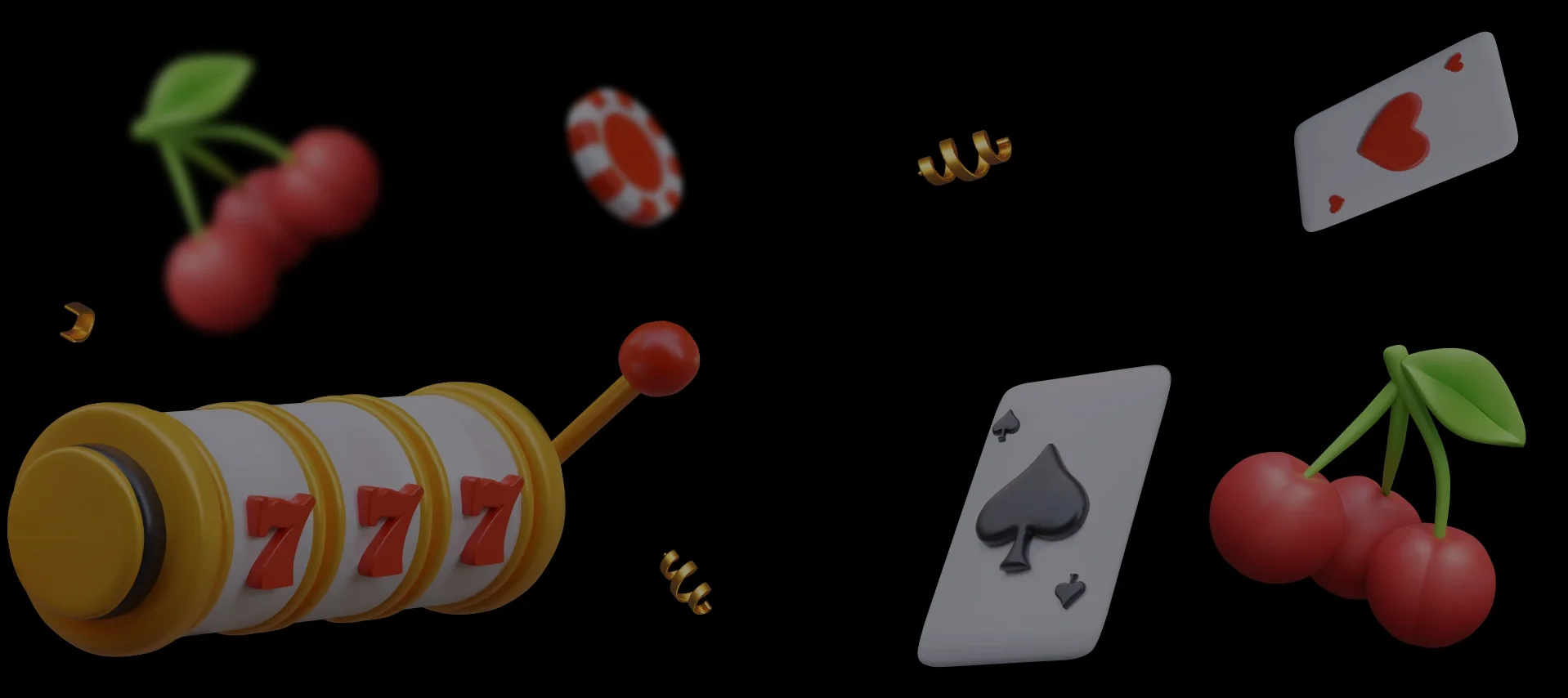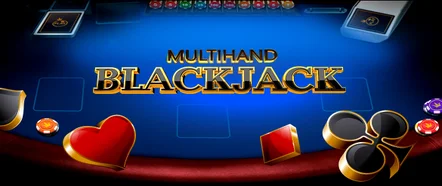If you understand how the mechanics behind online slots work, you can make better choices while you play. Modern slot technology is now much more than just a few spinning reels. It uses smart software that keeps things fair and gives players more engaging, fun play. Behind all the bright pictures and spinning reels, there is more happening than most players know, especially those new to the games.
RNG & Fair Play
In every online slot, the Random Number Generator, or RNG, is the core. RNG is a system that generates lots of random number sequences every second. When you hit the spin button, the RNG picks a number. This number determines where the reels will stop. eCOGRA groups check these games. They do this to make sure it’s fair and random.
The RNG runs 24/7, even when no one is playing the game. So, when you spin or how you bet, it doesn’t matter what will happen. Each spin is its own event and has the same chances as every other spin, no matter what happened before it. Licensed casinos have to send their RNG in for testing, and users can see the results.
Paylines & Symbols
Traditional slot machines used to have just one payline. Now, many online slots have 10, or even thousands, of ways to win. A payline is what shows the pattern across the reels. This is where you need to line up matching symbols to get a win. The usual symbols in these games are card values such as A, K, Q, and J, which give lower payouts. There are also other symbols that match the theme and pay out more.
Some special symbols can give you extra help. Wild symbols can stand in for other symbols, and scatter symbols usually start bonus features when you get enough of them.
Modern slots have changed how paylines work. All-ways slots give wins for symbols that match and are next to each other on the reels, no matter where they are. Cluster pays slots let you win by getting groups of symbols that touch each other. These new ways to win mechanics make payouts happen more often. The games feel livelier and keep you playing longer than the traditional types of paylines.
Understanding RTP
Return to Player (RTP) is the theoretical amount a slot pays back to players over millions of spins. RTP slots with 96% and above are best in this case. For example, a slot with 97% RTP pays $97 for every $100 wagered over time. Note, though, this is a long-term average, not a guarantee for individual sessions. Volatility also matters; high volatility slots pay less often but bigger, and low volatility games pay smaller amounts more often.
The relationship between RTP and volatility creates different player experiences. A high RTP, low volatility slot will keep you playing longer with small wins. A lower RTP, high volatility game will drain your balance or deliver a big win.
.svg)


.webp)




